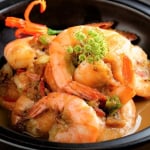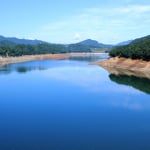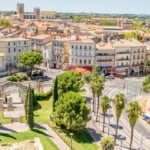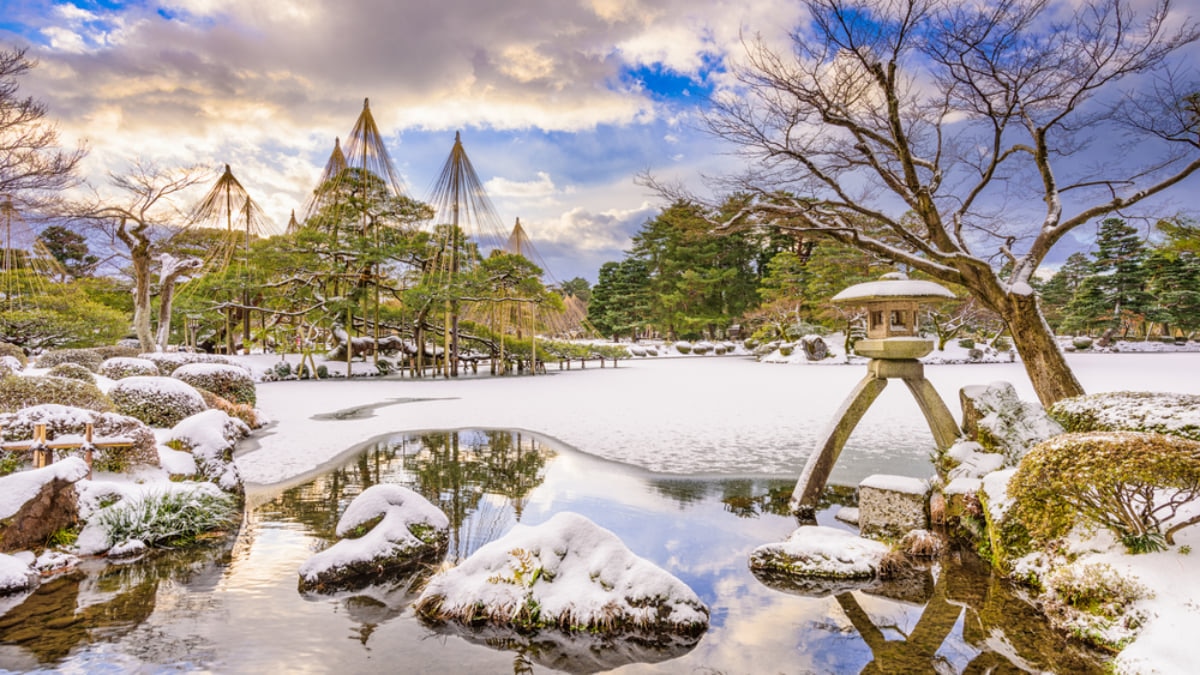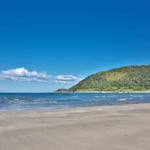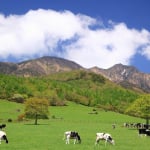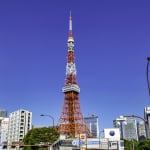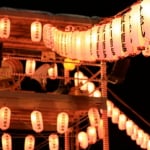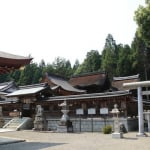Photo by Sean Pavone/Shutterstock
A Guide to the Top Sightseeing Spots in Kanazawa
Kanazawa is a city of both ancient tradition and inspiring modern art, with its sprawling districts of preserved wooden teahouses where geisha once ruled, to its polished museums made of water and glass. The city’s most famous attraction, however, is its stunning landscape garden, considered by many to be the most beautiful in Japan. Discover the beauty and elegance of Kanazawa City, the former capital of the ancient kingdom of Kaga.
table of contents
[x] close
A Guide to the Top Sightseeing Spots in Kanazawa
Kenroku-en
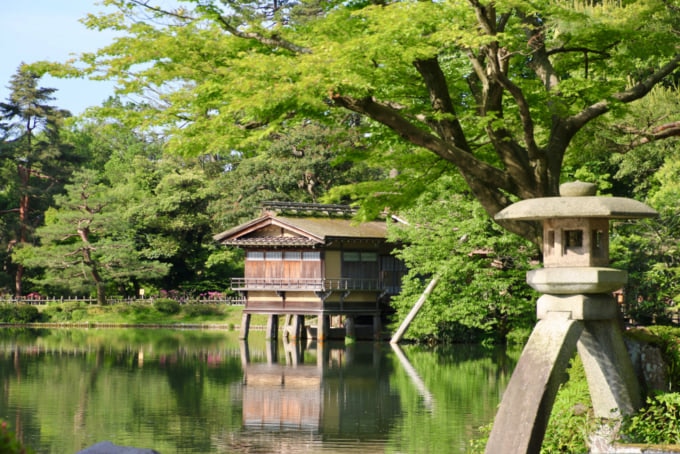
Photo by tk312001/Shutterstock
One of Japan’s most famous traditional gardens, Kenroku-en was once a private leisure garden of the powerful Maeda Clan, the family which ruled over the region for over two hundred years during the feudal era. The garden was nearly completely destroyed by fire in 1725, however, the Shigure-tei teahouse, Kaisekito Pagoda and two-legged stone lantern Kotoji-toro remained intact and are some of the most iconic symbols of the garden today. Kenroku-en was restored and renovated by subsequent local lords until it took on its current shape and design. Located just outside of the Kanazawa Castle grounds, the spacious gardens are open year-round except the New Year holiday, and visitors can enjoy matcha and Japanese sweets (wagashi) at Shigure-tei.
Kanazawa Castle Park
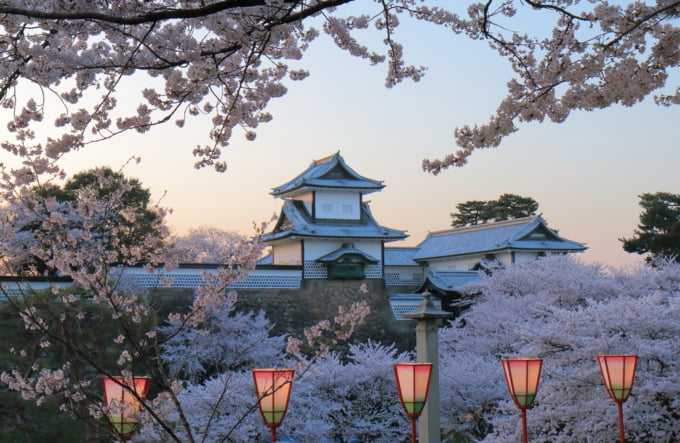
Photo by TK Kurikawa/Shutterstock
Kanazawa Castle was the seat of the Maeda Clan, ruler of the Kaga Domain, known today as Ishikawa and Toyama Prefectures. One of the castle’s most recognizable features is the long Gojukken Nagaya, a structure which was used to store weapons and arrows as well as for defense of the castle. The Sanjukken Nagaya, a two story turret built in 1858, and the Ishikawa-mon gate, built in 1788, are some of the castle’s only original structures and are recognized as Important Cultural Assets of Japan. Around the castle is a pleasant park with several picturesque moats and ponds which can be enjoyed in any season.
Higashi-Chaya District
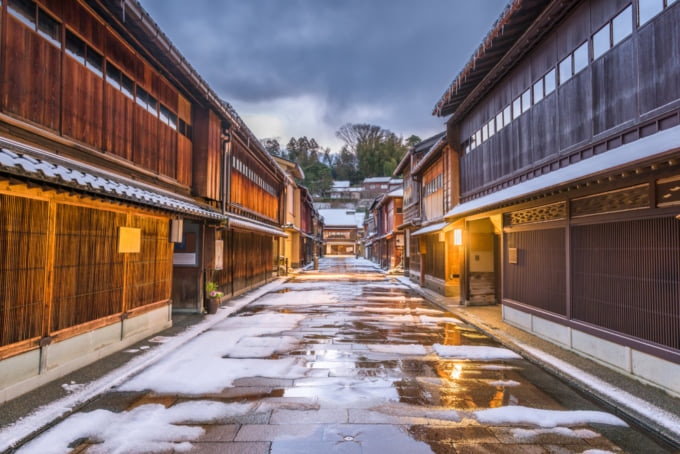
Photo by Sean Pavone/Shutterstock
A chaya, or “teahouse”, is a type of restaurant where geisha, known as geiko in Kanazawa, and maiko (their apprentices) entertain paying guests. During the Edo Period, these exclusive hideaways were only allowed to operate in designated entertainment districts known as hanamachi, only a few of which survive to this day. Kanazawa is home to several well-preserved hanamachi, now known as “chaya-gai” or “teahouse districts”, with Higashi-Chaya District by far the largest and most beautiful. However, both Nishi-chaya District and Kazue-machi, a historic area with a cobbled riverside walk at its heart, are both worth seeing.
Nagamachi District
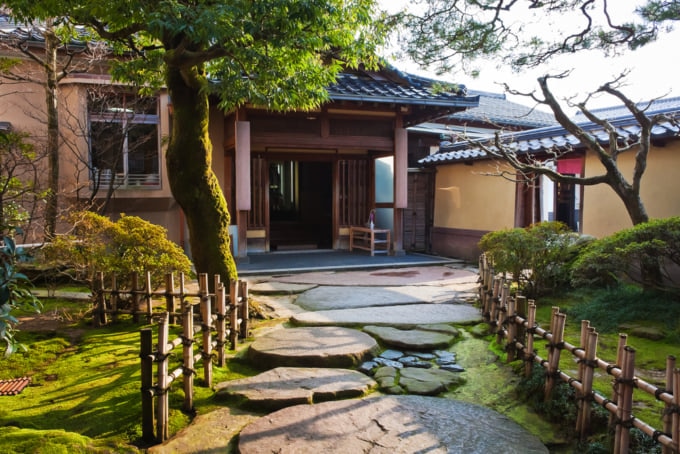
Photo by cowardlion/Shutterstock
When Kanazawa Castle was first constructed in 1583, the homes of the Maeda Clan’s loyal samurai were cramped into the Third Enclosure (san-no-maru) until 1631, when a lightning strike destroyed the main castle (donjon) and the local lord decided to move his vassal’s homes outside of the castle walls for safety. This area became a samurai district known as Nagamachi, the “Long District”. Nagamachi is home to old heritage homes, gardens and stables, as well as several museums dedicated to the history of these ancient families. The Nomura-ke, a restored samurai residence which displays antiques and artifacts belonging to the esteemed Nomura family, a former samurai clan, is the district’s must-see attraction.
21 Century Museum of Contemporary Art
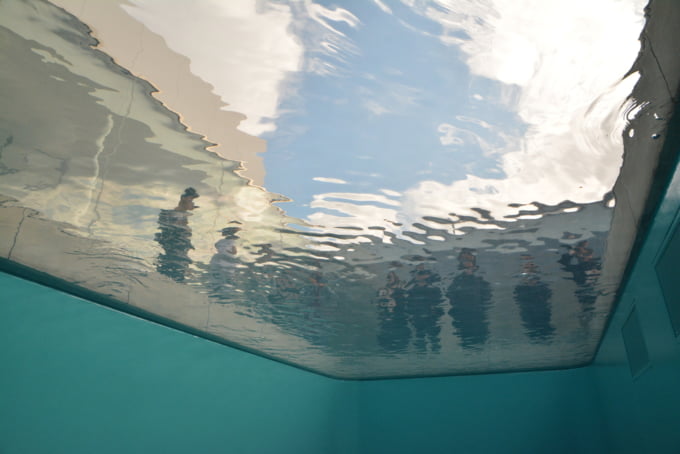
Photo by Ktomy/Shutterstock
Completed in 2004, the 21st Century Museum of Contemporary Art quickly rose to become one of Kanazawa’s most-visited attractions. The museum focuses on modern art from around the world, from the 1980s to the present day. Some permanent installations on display include The Swimming Pool by Leandro Erlich, an interactive display made with glass, concrete and water; and Green Bridge by Patrick Blanc, which features a cascade of greenery over a glass hallway.
Ninjadera / Myouryuji Temple
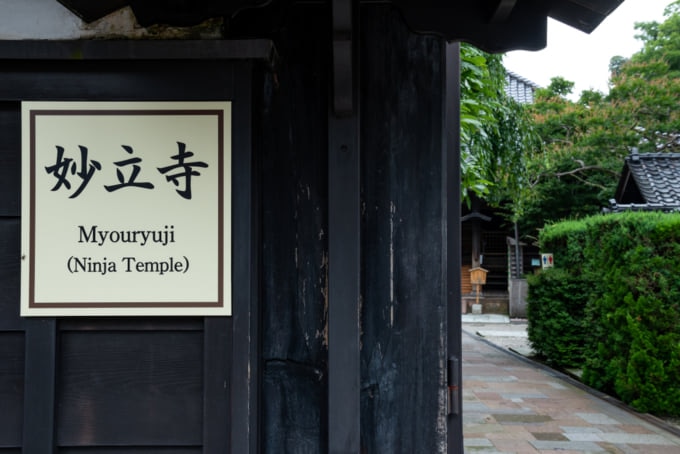
Photo by Uino/Shutterstock
Located south of the city in the Teramachi, or Temple District, Myouryuji earned the nickname “Ninja-dera” (Ninja Temple) for its many maze-like passageways, traps and defenses, hidden passageways and secret rooms. Myouryuji was designed as a military stronghold and one of the first lines of defense for Kanazawa Castle, but disguised as a Buddhist temple in order to appear compliant with military restrictions imposed by the Shogun.
D.T. Suzuki Museum
The D.T. Suzuki Museum (Suzuki Daisetsu-kan) is dedicated to the life and teachings of Daisetsu Teitaro Suzuki, a Buddhist writer and philosopher from Kanazawa who spurred Zen Buddhism’s popularity in the West. The museum’s design takes inspiration from the tranquility and simpleness of Zen Buddhism, and features a Contemplation Space and three gardens, including the Water Mirror Garden with a large reflecting pool which dominates the space.
In Conclusion
Kanazawa is located on the coast of the Sea of Japan, at the center of Japan's main Honshu island. The city remained fairly unknown until the Kanazawa Shinkansen came in service, allowing quicker and easier access from around the country. Kanazawa's elegant landscape garden, along with its teahouse and samurai districts - a rarity even in Japan - quickly turned the city into a hub for culture seekers and history buffs.
